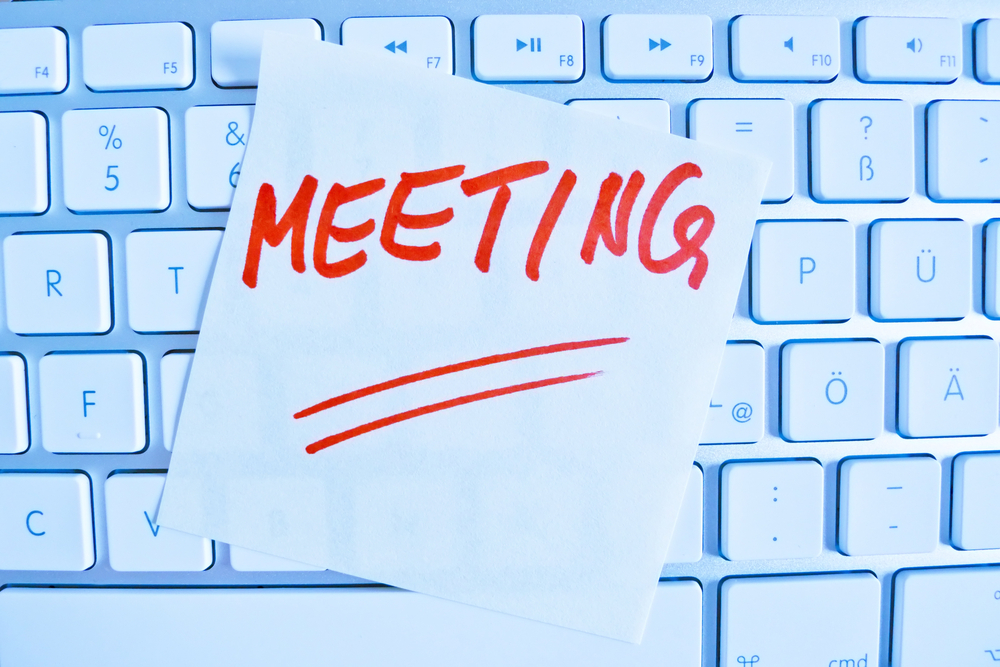
On the Day of the meeting, it is important to keep your accessibility considerations in mind.
Be aware of any changes to attendees requirements on the day. People can and do have accidents etc which may necessitate a change in their requirements. Adjustments may need to be made to cater for this.
Before the meeting:
- Physical Meeting setup:
- Double check the location if a physical meeting to ensure that all points mentioned in meeting preparation have been met.
- Set up seating as required for attendees.
- Have printed copies of documents in large print available if needed.
- The host and contacts need to be in the room first.
- People with disability should ensure that they turn up first if possible.
- Host should ensure that people with vision impairment are facing the presenters and seated so that they can participate correctly.
- Ensure that food for those with specific dietary needs is separated and correctly labelled.
- On-line meeting:
- Ensure that accessible (correctly formatted) captions are turned on and that recording is working on the platform being used.
- The host and contacts need to be in the room first.
- People with disability should ensure that they turn up first if possible.
- As each person enters the meeting the host should welcome them by stating their name in full. This lets those with a vision impairment know who is in the room and also creates a collaborative atmosphere.
During the meeting:
- It is important to use the following techniques during a meeting:
- Ensure that each speaker identifies themselves when they start to speak. That is. Steve here… for example.
- Ensure that captions are always running. Keep checking throughout the meeting.
- If the presenter is using a whiteboard or butcher paper and writing as they speak, they must verbally describe what they are writing.
- Ensure speakers always use a microphone.
- If screen sharing the presenter must always ensure that what is on the screen is verbally described.
- The presenter must ensure that they are talking to the attendees to ensure those that are lip reading are able to.
- Presenters must speak clearly and ensure that they don’t rush their words. Pause and ensure that there is time for the attendees to understand what you are talking about.
- Have hourly breaks.
- Note down resources that need to be sent to attendees after the meeting. This could be links or other materials that were discussed in the meeting.
- Do not rely on chat in Teams or Zoom during a meeting for questions and answers. Chat is not always accessible. A person with a vision impairment will not be able to access it easily as they may be reliant on screen readers. Chat is useful for those with a hearing impairment so don’t not use it.
- If breaking into groups, ensure that the distance between groups is as far as possible for physical meetings. Use breakout rooms for on-line meetings. Ensure that captions are still running in all breakout rooms.
